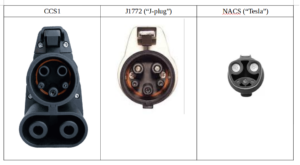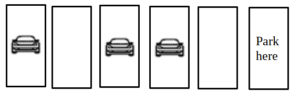
General Motors announced today that it will partner with the Tesla supercharging network. This comes on the heels of Ford’s announcement of a couple of weeks ago that it had done so.
You can see a blog article in a writing style much like mine that talks about these developments. It predicts that more US EV makers will follow suit. As time goes on, fewer and fewer cars will use the big, awkward, heavy CCS1 plug for fast charging, if this blog article turns out to be correct.




